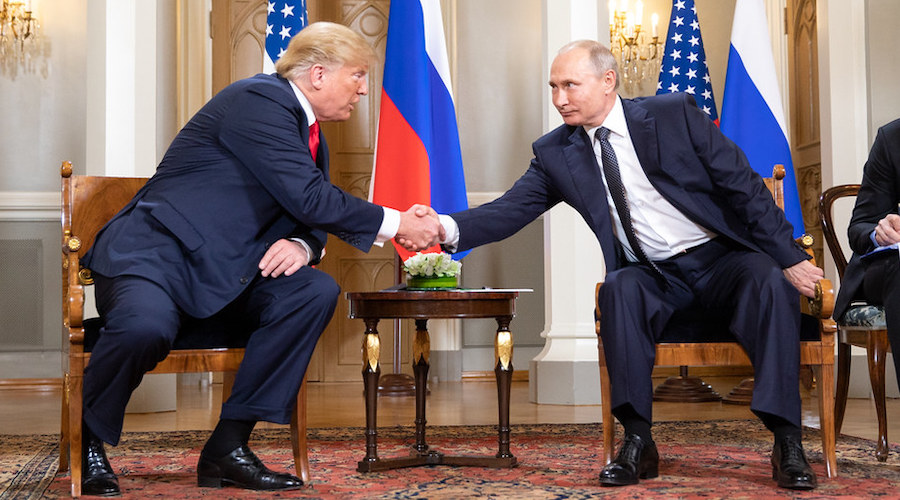Global iron ore market in flux
The iron ore market will never be as a sexy as its gold and silver counterparts; it’s much more about hard hats and dirty Dodge RAM 3500 trucks – you know, the ones that can pull big fishing boats up mountainsides, something I did just this past weekend.
Still, the companies involved are doing their level best to generate investor interest in a market that’s all about putting the ore on ships and sending it to places where they make steel – 98% of the iron ore market is dedicated to that end game.
Now, after 40-years, the tried-and-true system of annual iron-ore pricing contracts has been ditched in favor of a market that’s basically become spot- or daily-price driven, with demanding five- and 10-day delivery schedules. Why? Pricing has become more fluid and companies such as BHP Billiton are reworking their iron ore business this year to take advantage of price increases as demand grows around the world. Vale and Rio Tinto have pretty much done the same thing; a quarterly contract pricing system agreed to last year is quickly going by the wayside because of the discrepancy between spot and quarterly prices, according to the Australian.
Prices will continue to rise as global steel output recovers from the economic crisis, putting pressure on iron-ore supplies which may be hit by the current bad weather in both Australia and Brazil; and a continuing ban on exports from India’s Karnataka state to preserve local availability, according to a recent Goldman Sachs report.
All of this comes during a time when senior producers are looking for additional inventory and global reach in what has become a volatile market. Cliffs Natural Resources extended a $4.9 billion bid for Canada’s Consolidated Thompson Iron Mines this week so that it can reach markets outside the U.S. And exploration upstart Baffinland Iron Mines – and its huge Mary river iron ore project – is being aggressively courted by both Nunavut Iron Ore Acquisition Inc. and Arcelor Mittal.
As with other commodities in this frenzied commodities super-cycle, the land grab is gaining momentum as seniors looks to consolidate their position within the changing landscape of the global iron ore market.
More News
{{ commodity.name }}
{{ post.title }}
{{ post.date }}



Comments